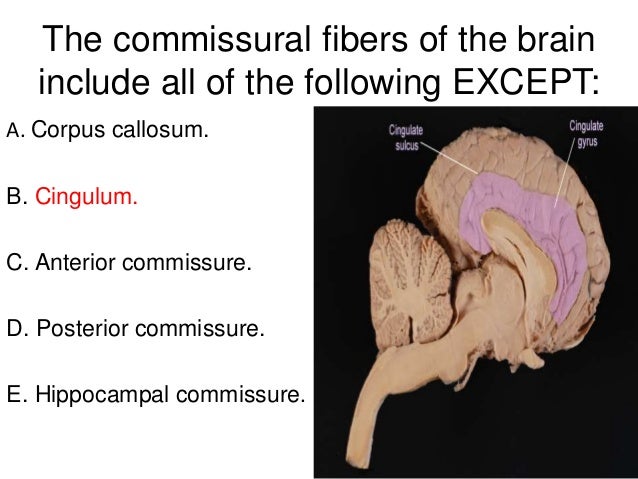
Account & Lists Returns & Orders. Hello Select your address All Hello, Sign in. It is a heterogeneous structure that receives afferents from several cortical and subcortical structures and projects to various basal ganglia nuclei.Functional Neuroanatomy of the Brain : Danaila, MR Leon: Amazon.sg: Books. The striatum is by far the largest subcortical brain structure in the mammalian brain, with an estimated volume of 10 cm 3 in the human brain (Schreder et al.
Functional Neuroanatomy Of The Brain License CLINICAL ANATOMY
Why Should I Register and Submit Results?Study of the structure and function of the nervous system by lectures, hands-on laboratories, brain dissection, and readings. ABOUT US This work is licensed under a Creative Commons Attribution-NonCommercial-ShareAlike 4.0 International License CLINICAL ANATOMY. Introduction to Neuroanatomy. Submit Studies to ClinicalTrials.gov PRSFUNCTIONAL NEUROANATOMY.
The overall hypothesis is that a hypoglycemic stress will alter autonomic brain networks, and will affect clinically relevant physiological outcomes (cardiovascular autonomic function) and that the rate and extent of recovery of these brain networks will provide a measure of resilience.In combination, this approach will allow the investigators for the first time to define the magnitude of the effect of stress exposure on neural circuitry and on clinically relevant stress-related physiological outcomes (cardiovascular autonomic function) and to define the recovery of brain circuitry and these related physiological outcomes. The investigators will focus on brain connections that are involved in autonomic control of cardiovascular function, and determine both how these brain connections are altered by low blood sugar and how these alterations associate with changes in pain perception and cardiovascular control.In this study, the investigators introduce a novel mechanistic, integrative approach to the assessment of the response to and recovery from a specific physiologic stressor - insulin-induced hypoglycemia. This proposal will study how a physiological stress (low blood sugar), a stress often experienced by people with diabetes, affects connections in the brain. This communication is the function of the three cerebellar peduncles (little feet).We consider the general structure of the brain from the brainstem through the cerebral cortex (Figure 2.1), including a review of white matter anatomy, the.Stress is common in daily life and is associated with adverse health outcomes. For this complex correlation to be effective, communication is needed between the cerebellum, the cord and the rest of the body (via the brainstem and spinal cord), as well as from cells of the spinal cord themselves.
...
Data may only be shared with the approval of our IRB and is limited by HIPPA and any other regulations that may be promulgated during the course of this proposal.Data will be shared after completion of study and initial publications which we anticipate to be within 18 months of the final participant completing the study protocol.Access to data must be approved by the IRB at our institution.Studies a U.S. Some of the data obtained in this study is defined to be sensitive in nature, which may restrict its ability to be shared. Of note, the sharing of this data will be limited by at least the following issues, some unique to this proposal and some not unique. As the NIH has noted, the investigators reserve the right to keep the data restricted in order to perform the initial analyses for this grant proposal and will continue to use the data for further, but not prolonged, exclusive use.


 0 kommentar(er)
0 kommentar(er)
